Players like Ben Bentil, Cheick Diallo, Jaron Blossomgame, Chinanu Onuaku, Pascal Siakam took full advantage of that with strong performances at the NBA Combine, which sets them up nicely to make a decision from a position of strength at the deadline on May 25th.
But there's another side to the coin here as well. For every underclassman who helped their stock, there are at least two who went to the NBA Combine and played poorly, exposing their flaws vividly and now running the risk of going undrafted should they elect to stay in the draft.
Even looking towards the 2017 Draft and beyond, NBA scouts won't just forget about the evaluations they made over the week in Chicago, as those prospects will now have somewhat of a hole to dig themselves out of next season to show that they are better players then they demonstrated.
Here are some players who will likely strongly need to consider returning to school (or taking alternative routes through professional basketball) now after up and down performances at the NBA Combine:
Marcus Lee: The Kentucky junior ranked statistically as the worst performer at the NBA Combine with a -3.3 PER, and the actual impression from watching him wasn't much different. Lee hasn't improved his body or skill-level in the least bit since arriving in Lexington, and has just an average feel for the game to compensate for that. Lee is in a difficult situation now, as he'll have to hope to be spoon-fed minutes over much more talented players for yet another season with an excellent recruiting class coming in at Kentucky. The alternatives, included going undrafted and playing in the D-League, aren't much more enticing. In a perfect world, he would be able to transfer to a lower level college without having to sit out a year, but that's unlikely to be an option.
Malik Newman: While he was a bit better Friday than Thursday, Newman still had a lot of the same struggles that marred him at Mississippi State. He's a streaky shooter, doesn't have a great feel for the game and is a bit small for a shot-making two-guard with marginal results. Newman would greatly benefit from returning to school as trying to fight his way onto a team (either as a second-round pick or undrafted free agent) at age 19 is no easy task. If he is absolutely set on staying in the draft, his best bet may end up being a one-year, D-League draft and stash player.
Nigel Hayes: Hayes continued his fall from grace of sorts after a tough junior year at Wisconsin. While his measurements are outstanding and in theory his game is well-suited for that of a modern day small-ball four, he really struggled to make shots from the perimeter and get anything going as a driver. Hayes is still at his best operating from the mid post and his perimeter game needs a lot of work before he can make a serious run at the NBA. Continuing to improve his shooting, ball handling and craft around the rim will be key for him moving forward.
Melo Trimble: The Maryland point guard struggled in all facets of the game at the NBA Combine, having a difficult time making shots consistently from beyond the arc or around the basket, overdribbling in the half-court, and emerging as just an average defender with his poor 6'2 wingspan. Trimble will likely have no assurances of being drafted if he elects to stay in at the deadline, unless he can find a way to turn things around in private workouts. A better option would likely be to simply return to school and try and improve his playmaking, finishing ability, outside shooting and defense over the next year or two.
Josh Hart: Hart is a gritty competitor and played a huge role in Villanova's NCAA Tournament Championship run, but he doesn't have an NBA-level skill at this stage of his development. He can straight line slash a bit, but with average physical tools and a very shaky jump shot, Hart could definitely use more time at Villanova to hone his skills and find a way to impact the game on the offensive end.
Justin Jackson: The 21-year-old forward is, for all intents and purposes, the same player, both physically and skill wise, that he was as a freshman at North Carolina. His body hasn't changed and he still continues to struggle making shots from the perimeter with any consistency. Jackson has some scoring instincts and is very opportunistic in transition, but he'll really need to become a reliable jump shooter to be considered a serious NBA prospect due to some of his physical and shot creation limitations.
Troy Williams: The Indiana junior showed both Thursday and Friday that he's a ways away from being a player an NBA head coach can trust in live action. As has been the case for his entire career, he's extremely wild with the ball and has very little discretion as a decision maker. He drives into the paint with no plan and jacks up early threes in transition without conscience. He's a great athlete with good size and will make an occasional three, but Williams' decision making is still a major work in progress, even at age 21. His best option is to return to school, study the game and try to slow himself down while becoming a more reliable shooter.
Dedric Lawson: The Memphis freshman tested out as the worst athlete at the NBA Combine, and that certainly did not appear to be a fluke based on watching his performances in the games. Lawson really doesn't have a position at this stage, as he's undersized for a post player and not skilled enough to play on the wing. He didn't make a single 3-pointer in Chicago and struggled badly to do anything effective inside the arc. Going back to school and spending a few years under Tubby Smith is likely his only real option right now. Considering he's just 18-years old, that's certainly not the end of the world.
Caleb Swanigan: The Purdue freshman had a very difficult time making his presence felt at the Combine, as he's undersized for the center position at 6'7 ½ barefoot, and lacks much in the way of explosiveness to compensate for that. He struggled badly trying to defend on the perimeter, and isn't skilled enough to play the power forward position full time yet. Unless he has his heart set on playing for his hometown Fort Wayne Mad Ants next year, returning to Purdue is certainly his best bet.
Isaiah Whitehead: The Seton Hall sophomore combo guard may have the strongest case of any of the players on this list to actually stay in the draft, as there are some NBA teams who do like him. Unfortunately there are just as many who don't consider him a serious draft prospect at this stage, which could put him in a precarious position on draft night if things don't fall his way. Whitehead's lack of athleticism is a hindrance at this stage considering how heavily he relies on mid-range stepbacks for production, and his jump-shot, playmaking and overall decision making is just too inconsistent at this stage. He did display much better intensity on defense at the Combine than he had in college so far. Barring some outstanding workouts, Whitehead would likely get picked somewhere in the second round at best based on the feedback we received from NBA teams, but that may be enough for him to stay in the draft.
Daniel Hamilton:
The only player on this list that has actually hired an agent, Daniel Hamilton struggled to do anything positive for most of the NBA Combine, which almost certainly seals his fate to go undrafted considering where he started off. Hamilton was a triple-double threat at the college level whose poor frame and athleticism was always likely going to be a hindrance to creating efficient offense at the pro level. Those fears were realized in a serious way in Chicago, as he struggled to get past anyone, forced up bad looks from all over the floor, and didn't make up for that with his perimeter shooting or defensive prowess. Hamilton will have some options in mid-level Europe starting this summer already, as there aren't many players his size with that type of versatility, but that might not have been the original plan when he decided to leave school for good very early on in the process. A year in the D-League could be an option as well. It's possible that he simply wasn't a fan of being a college student and prefers to pursue developing elsewhere, but the statements he made when he declared suggest otherwise: "I'm hearing first round, maybe second round," Hamilton said. "Wherever I get drafted, I'll be OK with it.













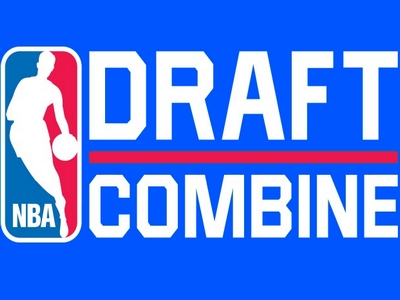










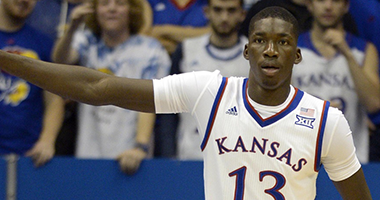



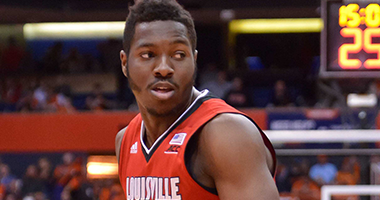

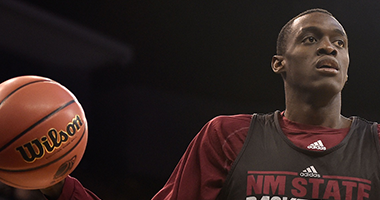

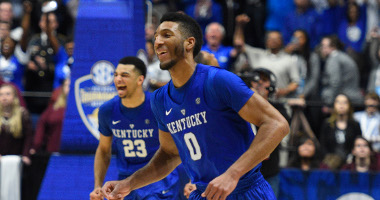

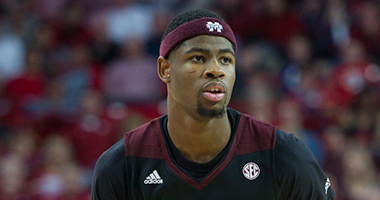

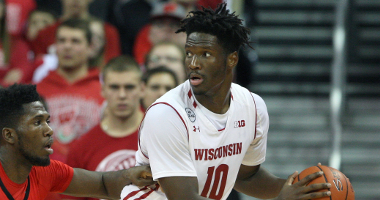



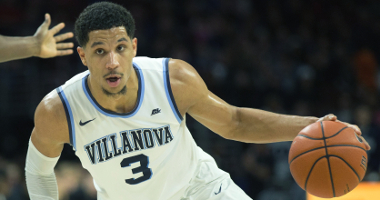






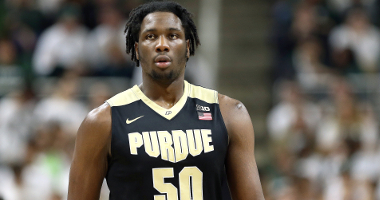







Comments